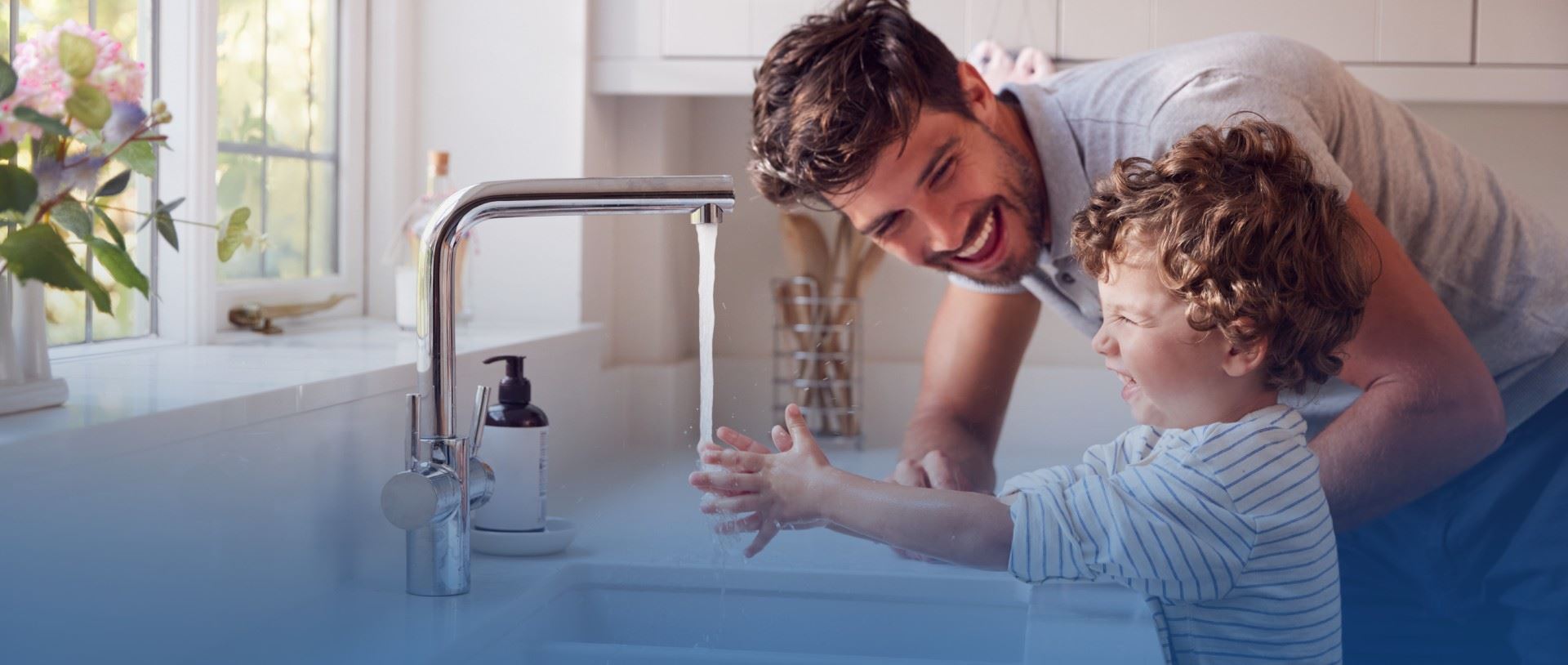You may have noticed the sleek, simple design of a public or corporate tankless toilet and wondered if you could have the same type of toilet in your own home. Fortunately, tankless toilet systems are available for home use, but they can be a little tricky to install and do have some caveats.
Here is more information about tankless toilets, including their benefits, drawbacks, and how you can have one in your home.
Differences Between Tankless Toilets and Tank Toilets
In order to understand the differences between tankless toilets and tank toilets, you should know how both of them work. Here is some basic information about how both types operate.
How a Tank Toilet Works
Toilets with a tank work primarily with suction and gravity. Just beyond the toilet bowl is a mechanism called the siphon, and its primary function is to act as an odor trap and keep water in the bowl at a certain level. If you quickly pour water directly into the bowl, and the siphon tube fills up, then the water will be sucked out into the sewer pipe until an equilibrium is achieved again.
When you flush your tank toilet, all of that water in the tank comes rushing at high pressure into the bowl causing the siphon to empty the water, as well as any waste, through the sewer pipe. The tank acts like a reservoir to help push the water and waste out of the bowl, which eliminates the need for high water pressure.
How a Tankless Toilet Works
Tankless toilets work directly with the water pressure coming out of your pipes. If you observe a commercial , the water flushes out with great force and very little water is left in the bowl when the process is through. This high pressure force cleans out the bowl directly without the need of a storage tank or siphon.
Benefits of Tankless Toilets
One of the main benefits of tankless toilets is their minimal style and low profile. In many cases, you can have more floor space, as many residential models attach directly to the wall. You can also open up more wall space or place this tank where wall space is limited. In all, you can customize your toilet to fit your needs at the time of installation.
Another benefit of tankless toilets is that there is less height limitations. Although you can raise a toilet seat on a traditional toilet, you can raise the actual toilet with a tankless one.
Tankless toilets also are less likely to leak or have the bowl overflow. If your choice of toilet is attached directly to the wall, then you may find it easier to keep your floor clean.
Drawbacks of Tankless Toilets
The main reason why tankless toilets aren't used in more homes is that they require very high pressure to work properly. Most homes do not have the type of plumbing for this type of toilet to work. If you try to run a tankless toilet with standard plumbing, then you can either damage your plumbing, your toilet, or both.
The good news is that your plumber can make modifications in order accommodate a tankless toilet. For one, most residential tankless units come with an electric pump to help with water pressure. The drawback is that the pump won't work when the power goes out.
Also, the plumber can install new plumbing, more specifically larger diameter pipes, to further assist with the water pressure and waste removal. This type of work may require more time and money than traditional toilets.
Tankless toilets could look great in your home and reduce some of the hassle of cleaning and leaks that traditional tank toilets can present. However, you must have a professional plumber assess your plumbing and install these types of toilets for the best results.
If you are in the market for a new toilet, contact Dignity Plumbing and have one of our professionals check out your current toilet and plumbing as well as help you pick the best unit to fit your needs.
